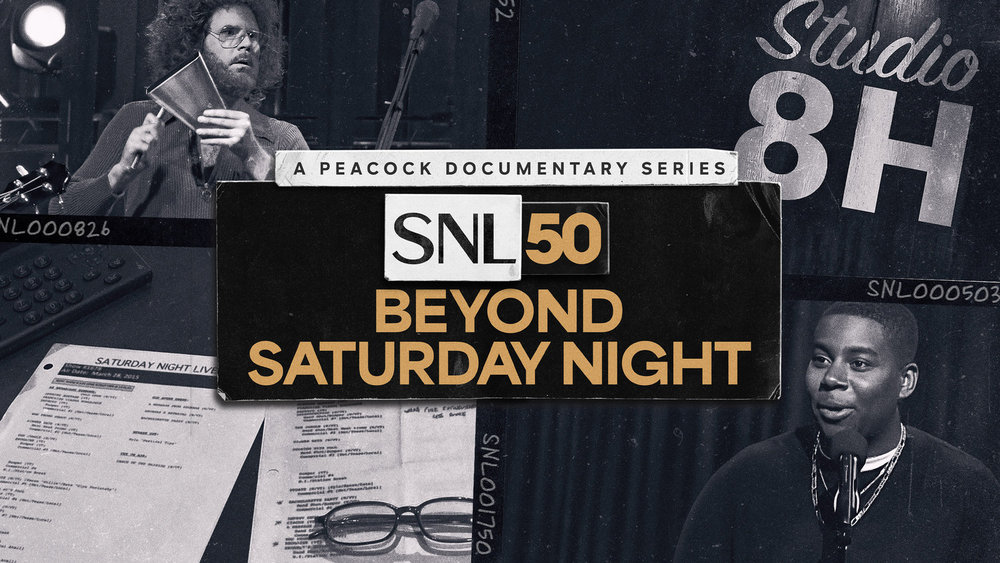The Women’s World Cup (WWC) is underway, fueling the dreams of fans and marketers around the world.
FIFA is projecting a total audience of more than 2 billion people (an increase of at least 800,000 from the 2019 tournament) and is pricing ads and sponsorships accordingly. The soccer organization expects to earn $807 billion this year from ticket sales, television broadcasting, marketing, hospitality and licensing rights.
If FIFA does hit its income and audience goals, it will be despite many of its own actions.
Most notably, it awarded the tournament to Australia and New Zealand, which are 9+ hours ahead of Europe — the world’s biggest soccer audience. The last time FIFA did something like this was in 2002 when the men’s tournament was held in Japan and South Korea. Audiences that year were 30% smaller than for 2006 when it was held in Germany.
In the U.S., a hotbed of women’s soccer whose national team has won the tournament a record four times, the time zone difference is 15 to 19 hours.
Competition for viewers
Another European audience problem: This year’s WWC is starting a month later than usual and runs through Aug. 20. This means it’s overlapping with the start of the English Premier League which is the world’s premier soccer league.
All this explains why FIFA, which expected to get $300 million for the tournament’s broadcast rights, “will settle for closer to $200 million,” according to The Wall Street Journal. New broadcast rights are set to bring in “about a third of the $150 million it had expected.” Also, the organization was hoping its deal with European Broadcasting Union would bring in $65 million, but it wound up being “about half that,” per the WSJ.
However, having the WWC in New Zealand and Australia means it’s only one to three hours ahead of Japan. The nation’s large population (like pretty much everyone outside the U.S.) is wealthy, soccer-mad and won the 2011 WWC. Perfect fit, right?
The broadcast rights for Japan were only sold a week ago. This means both FIFA and NHK, the Japanese state broadcaster, missed out on the very lucrative pre-tournament advertising.

The good news
All that said, FIFA has signed up 30 different brand sponsors for this WWC. In 2019 they only had 12. Also, women’s soccer fans are incredibly devoted to the sport and its players — sometimes even shunning the men’s game.
In the U.K., women’s soccer in general and the Women’s Super League (WSL) are incredibly popular. According to the Women’s Sports Trust:
- 8.4 million people who watched live WSL football in 2022 did not watch any live Premier League football that year. That’s up 3.3 million from 2021.
- 1.8 million watched the Women’s Euros but didn’t watch the men’s FIFA World Cup
In the U.S., the National Women’s Soccer League drew more than a million in-person fans last year. That’s up nearly 400,000 from 2021 and more than any other top women’s soccer league. In 2019, 14.3 million viewers tuned into the FIFA Women’s World Cup final match. They created 17 million more TV impressions and 20% more viewers than the 2018 men’s World Cup.
This year’s WWC is the first to feature 32 teams, eight more than in 2019. A promising sign: As of last week, nearly 1.4 million tickets had already been sold for 64 matches in the two nations, surpassing the record total for the tournament set eight years ago in Canada.
FIFA vs. Women
For many years, FIFA was condescending and dismissive when it came to handling women’s soccer. For example, in 2013 FIFA’s then-president Sepp Blatter said, “We now have three ladies on the board. Say something, ladies. You are always speaking at home, say something now.” Believe it or not, that’s one of the less objectionable things Sepp said during his 22 years running FIFA.
This began to change in 2015 when Blatter and 13 other FIFA executives were indicted for corruption and new leadership was put in place. It still has a long way to go, as can be seen in the prize money awarded for this year’s WWC:
Champion
- $4,290,000 for their association
- $270,000 per player/23 players per team = $6,210,000
2nd place:
- $3,015,000 for their association
- $195,000 per player = $4,485,000
3rd place
- $2,610,000 for their association
- $180,000 per player = $4,140,000
4th place
- $2,455,000 for their association
- $165,000 per player = $3,795,000
Teams that don’t make it past the first round
- $1,560,000 for their association
- $30,000 per player = $690,000
Total prize money for 2023 WWC
- $110 million (up $80 million from 2019)
Average amount earned per dollar vs. 2022 Men’s World Cup
- $0.25 (up ~$0.17 from 2019).
While that’s a substantial inequality, what’s worse is not all the players even get that much: 29% of players competing in the Confederation Championships for the 2023 FIFA Women’s World Cup and in the 2022 UEFA Women’s European Championship reported not receiving any payment from their national team.
FIFA steps up?
In June, FIFA announced a deal that would guarantee payments for all players at the tournament. “All participating players will receive guaranteed remuneration for their achievements at the tournament.”
That’s a win for FIFA, right?
It was until a week ago when FIFA president Gianni Infantino said the guarantee is off: “Whatever payments we do, we will go through the associations, and then the associations will, of course, make the relevant payments to their own players.” The alleged reason: FIFA couldn’t handle the tax and residency-related complications.
Forbes’ Kelly Phillips Erb hit that with a red card, writing:
“Many multinational companies handle global payroll issues on a regular basis. It seems rather remarkable that a company of FIFA’s size could administer payroll for its global employees across 60 countries each year—but not the 736 soccer players at the tournament from just 32 countries for a tournament that occurs once every four years.”
Can all the passion and interest in women’s soccer outplay the WWC’s many problems? Stay tuned.
Get MarTech! Daily. Free. In your inbox.






























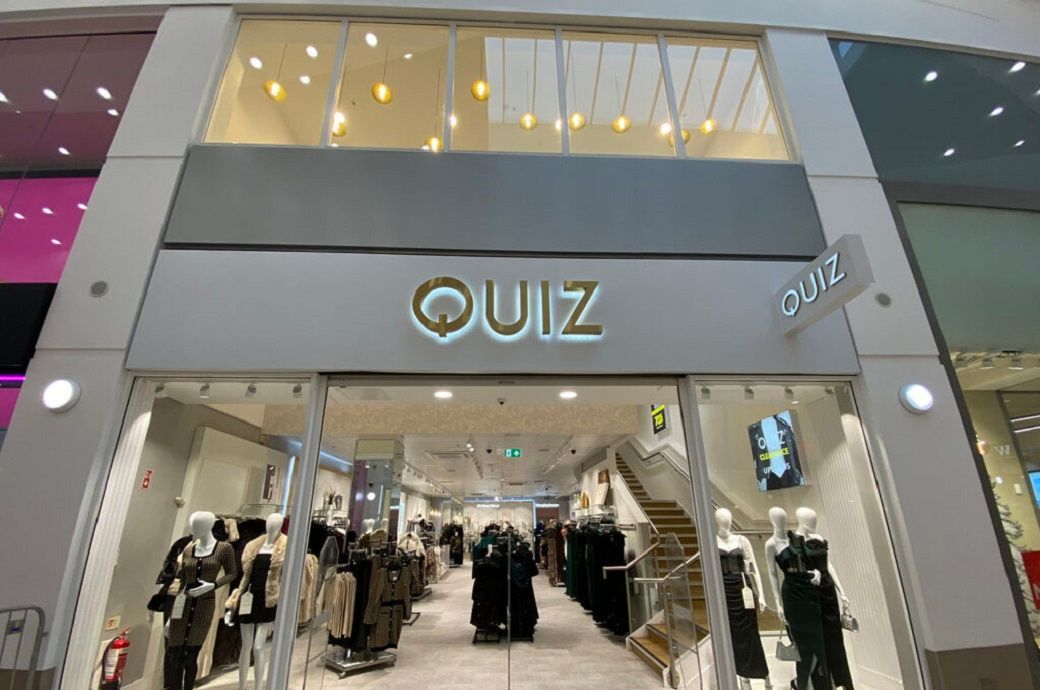











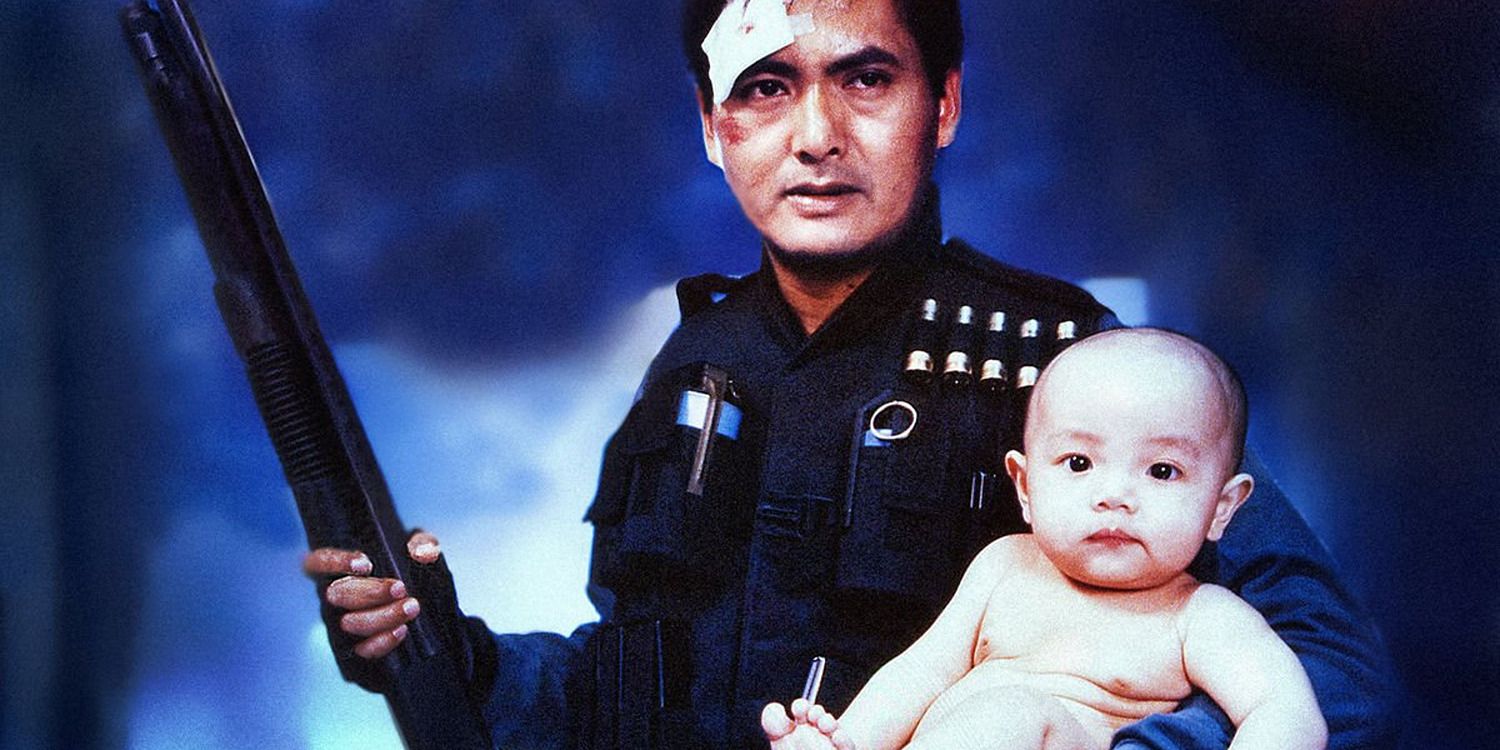




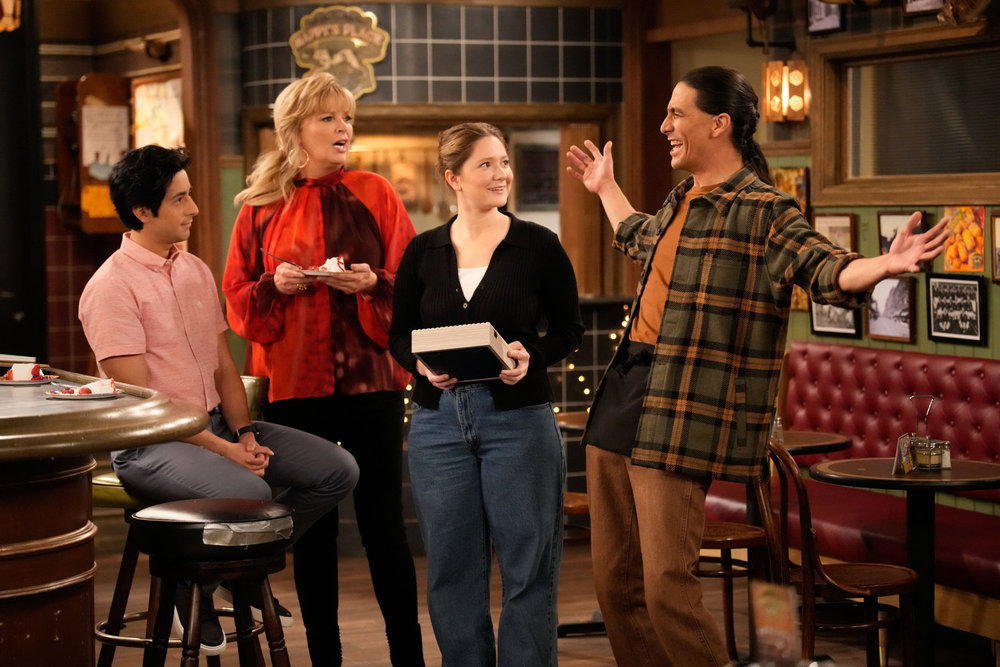
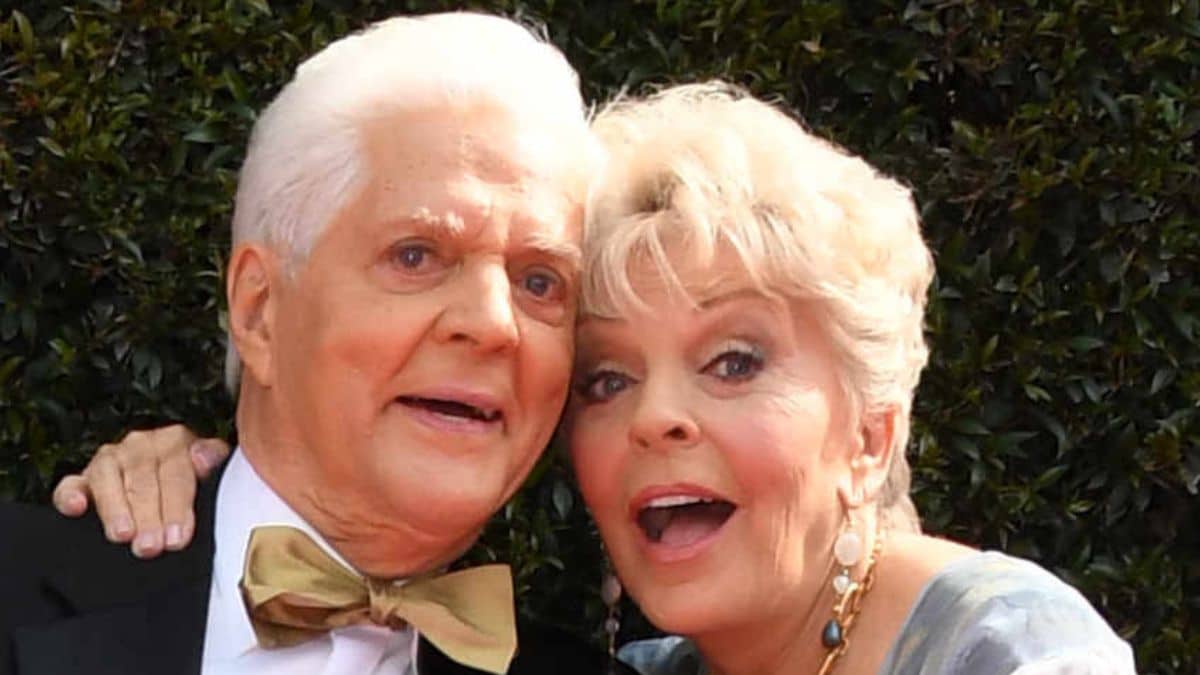











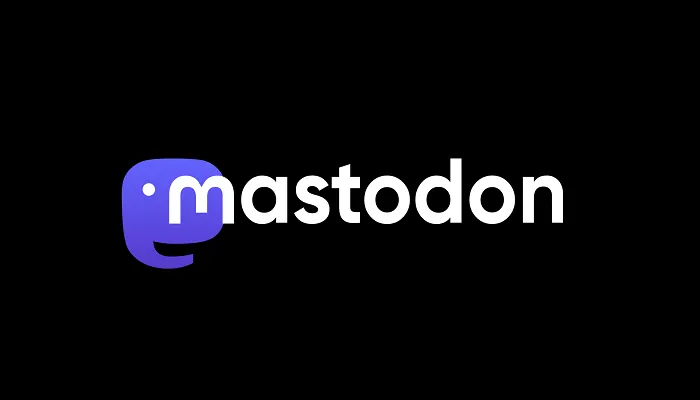

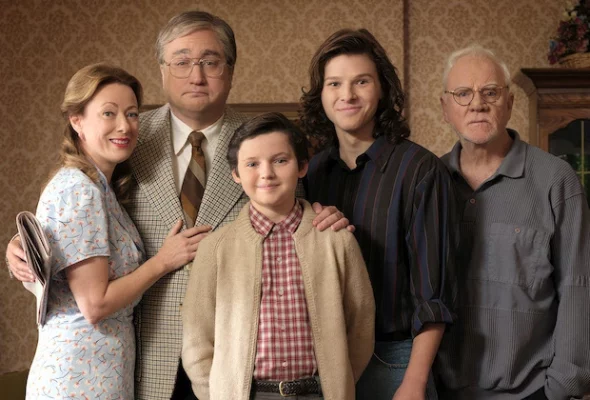
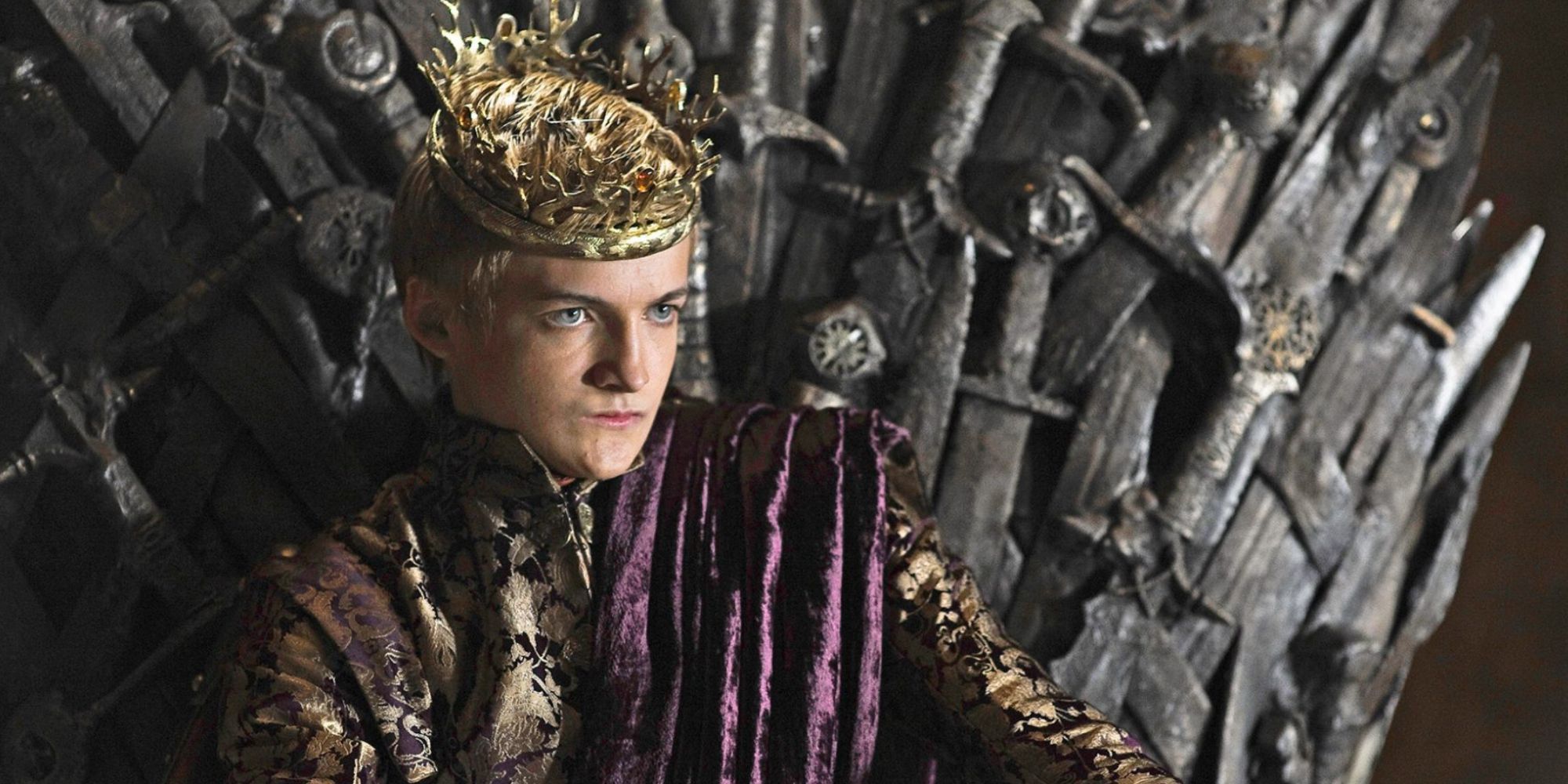


![20 Predictions for Social Media in 2025 [Infographic] 20 Predictions for Social Media in 2025 [Infographic]](https://imgproxy.divecdn.com/HMVhRh2JvYwAse_QsxNWdYtb_Of31-oCF2OnUe4eZqA/g:ce/rs:fit:770:435/Z3M6Ly9kaXZlc2l0ZS1zdG9yYWdlL2RpdmVpbWFnZS9zb2NpYWxfbWVkaWFfdHJlbmRzXzIwMjVfMi5wbmc=.webp)
